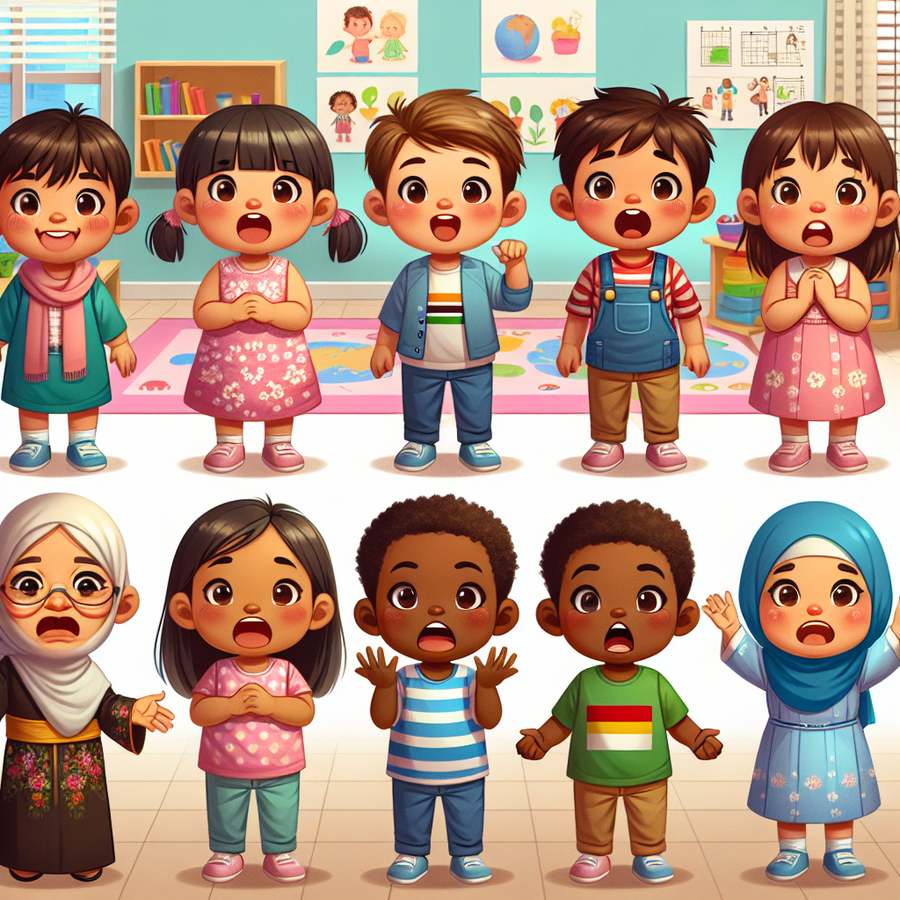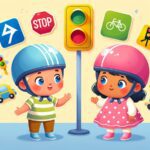Teaching toddlers about emotions and appropriate expressions is an essential part of their development. This process involves more than just identifying feelings; it encompasses understanding, expressing, and managing emotions in a healthy way. As caregivers, our role in guiding toddlers through this emotional labyrinth is crucial for their emotional intelligence and well-being.
Understanding the Importance of Emotional Intelligence in Toddlers
Emotional intelligence is the ability to understand and manage one’s own emotions, as well as recognize and influence the emotions of others. For toddlers, developing emotional intelligence lays the foundation for successful social interactions, empathy, and problem-solving skills. It’s not just about reacting to emotions as they come but understanding the why behind them.
Research indicates that children with higher emotional intelligence tend to have better social skills, are more capable of managing stress, and perform better academically. It’s clear that teaching toddlers about emotions and appropriate expressions is an investment in their future.
Teaching Toddlers about Emotions and Appropriate Expressions
Starting the journey of emotional education requires patience, consistency, and creativity. One effective method is through expressive play, which allows toddlers to explore different emotions and their associated expressions in a safe and controlled environment. Role-playing, puppet shows, and storytelling are great tools for this purpose.
Another key aspect is to model appropriate emotional expressions ourselves. Toddlers are keen observers and often mimic the behavior of adults around them. By displaying healthy ways to express our emotions, we set a positive example for them to follow.
Strategies for Fostering Emotional Development
Incorporating daily routines and structured activities can significantly benefit toddlers as they learn about emotions. Reading books about feelings, using emotion cards, and engaging in conversations about emotions during daily activities help reinforce learning. Additionally, building a reading routine can further enhance their understanding and empathy.
Encouraging toddlers to express their emotions through art is another powerful method. Drawing, painting, or clay modeling offers them an outlet for their feelings and thoughts in a non-verbal way. This not only aids in emotional expression but also in fine motor skill development.
For more detailed strategies and tips on fostering emotional development in toddlers, consider visiting our comprehensive guide. Additionally, understanding the developmental milestones can provide insights into what to expect at different stages of toddlerhood. This milestone checklist is an excellent resource for tracking and supporting your toddler’s growth.
Overall, teaching toddlers about emotions and appropriate expressions is a multifaceted approach that requires involvement, understanding, and patience. By providing a supportive environment, utilizing educational resources, and modeling positive behavior, caregivers can significantly influence a toddler’s emotional development and set the stage for a future of healthy emotional expression.













